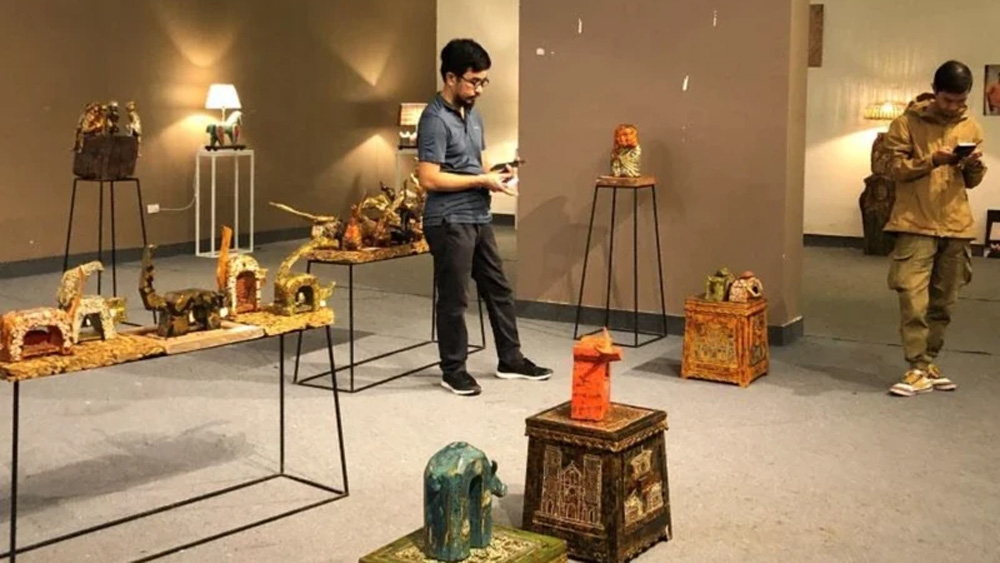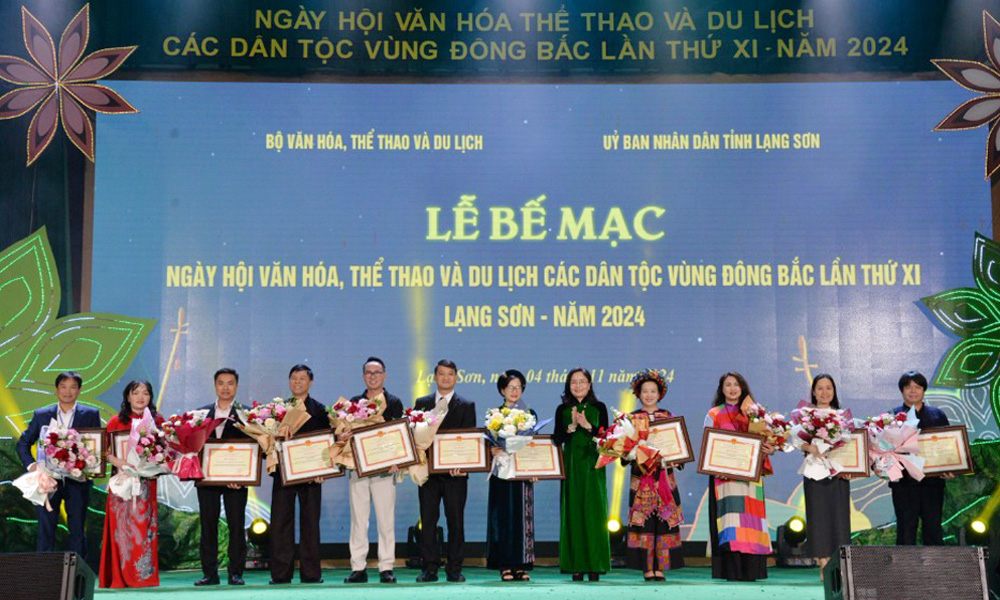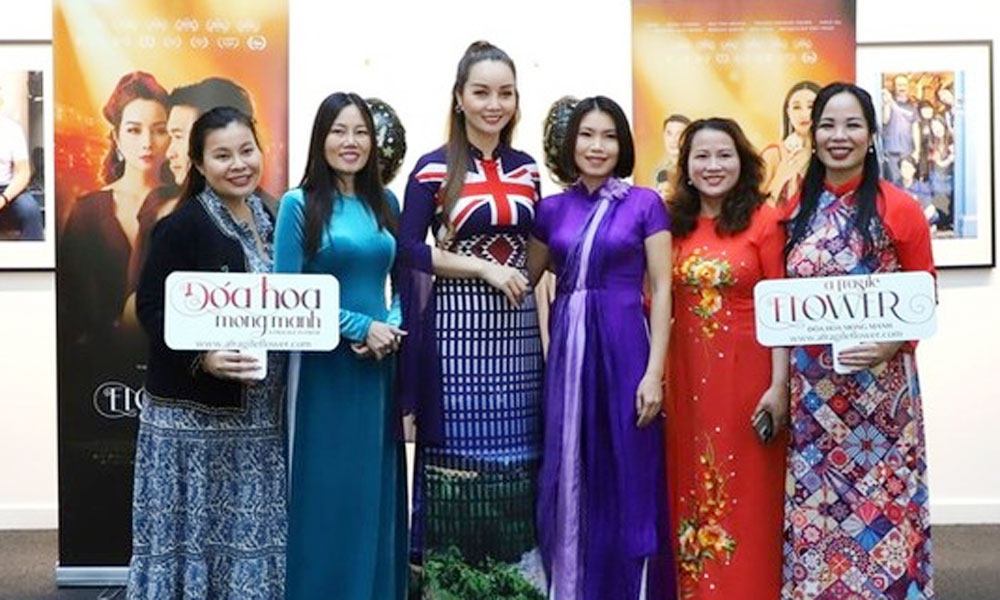Creating sustainable creative space
Following the success of the Hanoi Creative Design Festivals in 2021 and 2022, this year’s festival aims to realise Hanoi's commitments, as the city participated in the UNESCO Creative Cities Network, contributing to spreading creative ideas and achievements and expanding exchanges and cooperation in design and creativity of the capital city.
 |
|
An exhibition within the framework of the Hanoi Creative Design Festival 2022. |
With a focus on design and heritage, this year's festival emphasises new solutions and thinking to bring new vitality to the heritages, inspire and create opportunities for young talents to showcase their skills and is an opportunity to promote the values of designs and explore internal creativity, pioneering the public-private partnership model to bring creative space solutions and designs to the community, based on Hanoi's heritages.
Four years after joining the UNESCO Creative Cities Network (October 30, 2019), despite many difficulties, Hanoi has made efforts to fulfil its commitments to UNESCO since it joined this network. With the view of taking cultural resources and cultural creativity as the foundation for sustainable urban development, Hanoi has established the goal for cultural development, inspired creativity and positioned the capital's new brand in the international arena.
These are favourable steps to maximise cultural and human resources and transform those resources into a cultural "soft power", ensuring a strong promotion of the inheritance and development of the creative cultural flow of the thousand-year-old capital.
The Hanoi Creative Design Festival has affirmed the vitality and creative resources of the city, towards promoting the value of its rich historical and cultural heritage while using heritages as the inspiration for the creativity and connection of creative communities. However, it can be frankly admitted that the festival still has some shortcomings that need to be corrected soon.
To organise the festival, the capital city’s authorities have mobilised a huge amount of human and financial resources. However, it seems that after the "blooming periods" of creative months, design weeks and cultural days, the products in general and symbolic products of the festive season, in particular, have disappeared.
Many people who want to learn more about the creative products introduced at those events are “bewildered” on the streets, which were bustling with the festive atmosphere just a few days before, visitors can immerse themselves in the creative space and enjoy the creative achievements of the community. After the events, not many people remember the related creative design activities and the title of “creative city” expressed through those events. The impressive creative products have not been kept carefully, which is a huge waste.
Some experts believe that creative activities must meet topicality, positivity and sustainability. The creative products must have vitality and continuous development, but must still retain the fundamental factor to create a premise and foundation for subsequent creative development.
Hanoi still has a lot of work to do to build creative spaces and platforms for creators to promote their cultural resources so that the young generations can express their creative capacity.
In the context that systematic planning for sustainable creative spaces is still in the research stage, the policy of relocating industrial production facilities out of Hanoi's inner city in recent years has been leaving potential industrial heritages. These industrial heritages can be exploited to create new experiences and recreated into creative cultural complexes towards attracting investment, creating jobs and implementing the strategy of cultural industry development for the capital city.
Source: NDO
 Bắc giang
Bắc giang















Reader's comments (0)